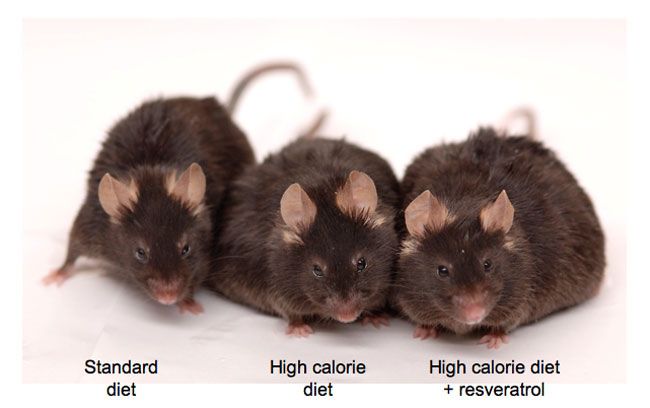Female Companionship Extends Sex Lives of Male Mice

When male mice live with female mice, their reproductive years are extended by up to 20 percent, a new study finds.
A similar effect might or might not occur in humans — it has yet to be tested — but the finding has "significant implications for the maintenance of male fertility in wildlife, livestock and even human populations," the researchers say.
The scientists housed one group of male mice with females for up to 32 months, while the others were forced to live like monks. Each of the males was placed with a female at two-month intervals to see if they could get the job done. The males that lived constantly with females stayed fertile for six months longer, on average.
The decline in fertility appeared to be due in part to defects in the sperm-production process, the researchers figure.
"It appears that housing females with a male mouse delays the decline of reproductive processes at the cellular level by somehow affecting the cells surrounding the stem cells that produce spermatozoa in the testes," said study leader Ralph Brinster at the University of Pennsylvania School of Veterinary Medicine.
The finding was detailed this week in the journal Biology of Reproduction.
"The effect may occur in any species," Brinster told LiveScience. "One does not know without controlled experiments." And that presents a problem. "It would be extremely difficult, probably impossible, to study directly in humans," he said.
Sign up for the Live Science daily newsletter now
Get the world’s most fascinating discoveries delivered straight to your inbox.
If this reproductive effect occurs in livestock, it could suggest ways to extend the mating life of males, Brinster said, adding that "this finding may also have relevance for the protection of some large endangered species."
- Smarter Men Have More Sperm
- Human Sexuality: News and Information
- Sex in the Animal Kingdom
Robert is an independent health and science journalist and writer based in Phoenix, Arizona. He is a former editor-in-chief of Live Science with over 20 years of experience as a reporter and editor. He has worked on websites such as Space.com and Tom's Guide, and is a contributor on Medium, covering how we age and how to optimize the mind and body through time. He has a journalism degree from Humboldt State University in California.












